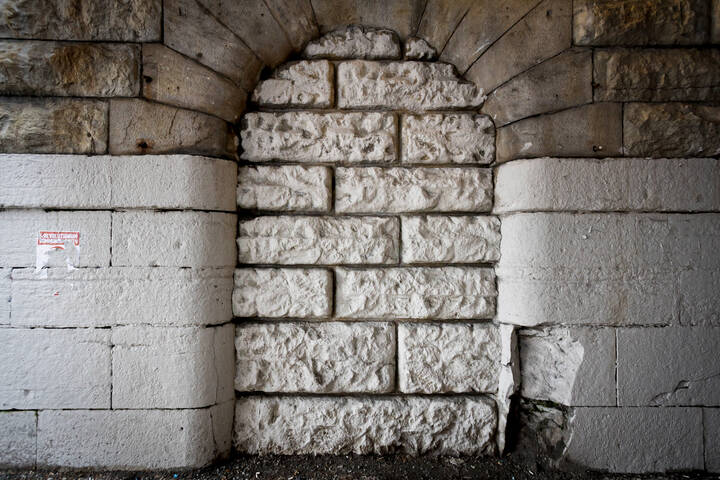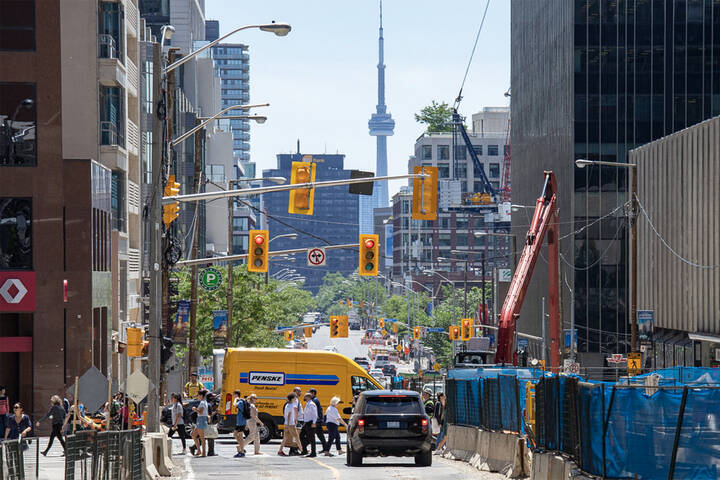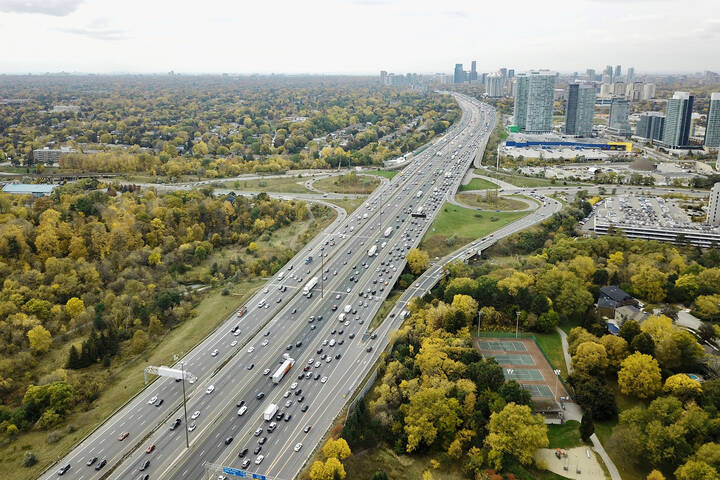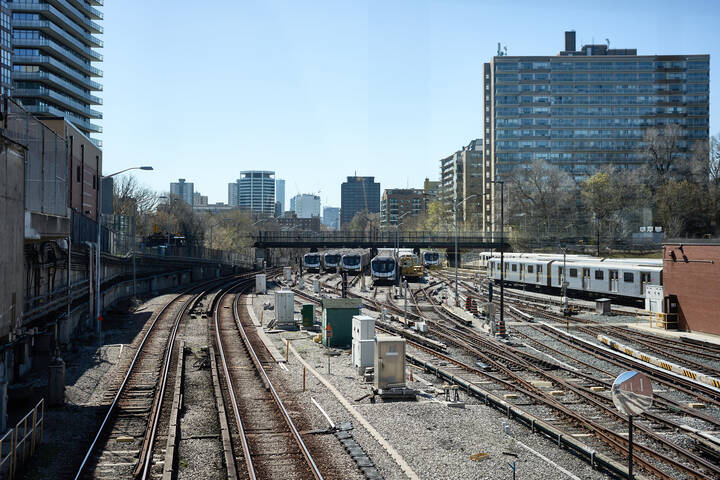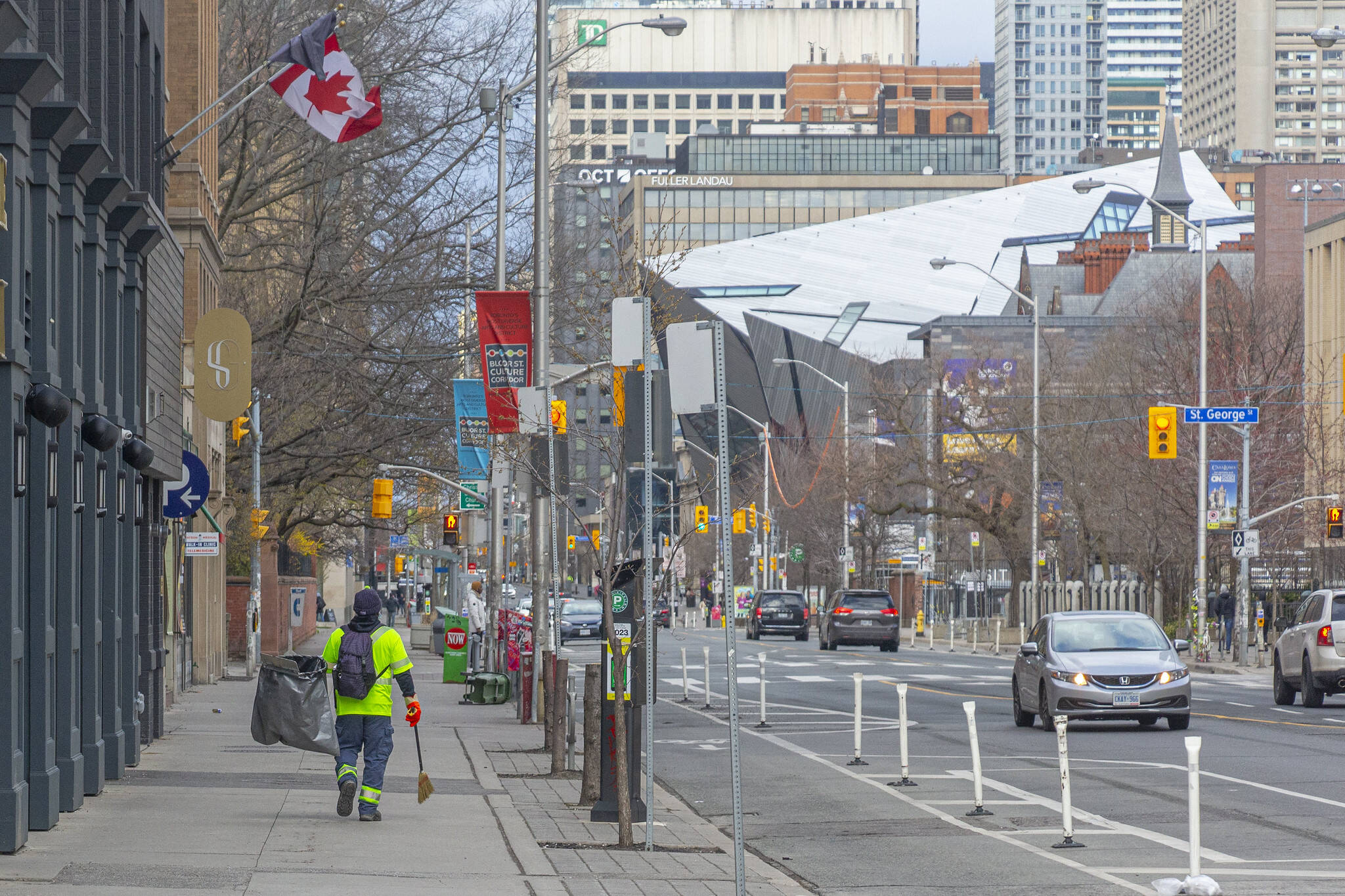
This is how a curfew in Ontario might work if similar to the one in Montreal
Ontario may be under stay-at-home orders amid another provincewide shutdown but, as of April 2021, we have yet to be issued a curfew.
The same can't be said for our neighbours in Québec.
"Stop the curfew" was trending nationwide on Twitter Thursday morning after yet another night of unrest in Montréal and Laval, where an existing 9:30 p.m. curfew was just rolled back to 8 p.m. on Sunday evening.
Quebec Premier François Legault first introduced a curfew for the province on Jan. 9 following a surge in COVID-related hospitalizations. The cut-off time then was 8 p.m., though it has been fluctuating ever since.
Currently, most Quebecers "must not leave their homes except in cases that justify travel" between 9:30 p.m. and 5 a.m. (or, in regions where special emergency measures are in place, 8 p.m. and 5 a.m.)
Those who defy curfew by going out at night face fines of up to $6,000 — and police have been keen to enforce the rules, with dozens of $1,550 tickets issued during the first night of curfew in January alone.
Many residents of Quebec are increasingly displeased with the strict, ongoing lockdown measures, as evidenced by protests that broke out in response to the latest curfew rollback announcement, as well as the opposition of an extension to similar emergency measures in other parts of La Belle Province including Gatineau, Lévis, Québec City and the Beauce region.
Nearly 30,000 have signed a new change.org petition over the past week demanding that Legault lift the curfew, citing a lack of evidence that curfews even work to curb the spread of COVID-19, as well as alleging that the move violates Canadian Charter rights.
As dissent swells and the conversation grows, people in Ontario are starting to grow nervous about something similar happening here.
New cases of COVID-19 continue to skyrocket, after all, coming in above the 4,000 mark every day this week despite all existing lockdown restrictions.
Toronto Mayor John Tory said during a press conference on Wednesday that a curfew was not being considered for his city at the time — but, to be frank, Tory wouldn't really have much say if Doug Ford's provincial government decided to roll out such a measure.
Ford has yet to indicate that any sort of curfew is coming, though he has in the past said that "everything is on the table" when asked about such a prospect.
If Ontario were to implement a curfew exactly like Quebec's, restrictions would vary based on which level of the Ford government's colour-coded COVID-19 response framework each region is in (when we leave shutdown and go back into the framework, that is.)
Quebec itself has a colour-coded framework of its own, though our neighbouring province uses red as its strictest form of lockdown (Level 4 - Maximum Alert) as opposed to Ontario's Grey-Lockdown.
A curfew of 9:30 p.m. to 5 a.m. is in effect for regions in both Quebec's red and orange (Level 3 - Alert) zones right now, with the explicitly written exception of Montréal and Laval, where curfew begins at 8 p.m.
Allowed exceptions for the curfew are the same in both zones and are listed as follows:
- A person whose presence is required at the person's place of work or who is transporting goods needed for the ongoing activities of the person's enterprise;
- A person who is going to a pharmacy to obtain medication or pharmaceutical, hygienic or sanitary products;
- A person who must go to or return from a hospital, a clinic, or a dentist's or optometrist's office;
- A person who has to go to or return from a vaccination clinic;
- A person who must visit a sick or injured parent;
- A student who must participate in a face-to-face evening class or go to a laboratory in a recognized school;
- A parent who must accompany his or her children to the home of the other parent who has custody of them;
- A person who, for final travel to the person's destination, must take an inter-regional or inter-provincial bus, a train, a plane or a boat providing ferry service on the Matane–Baie-Comeau–Godbout, d'Harrington Harbour–Chevery, rivière Saint‑Augustin or île d’Entrée–Cap-aux-Meules route, or a maritime service to Île‑de‑la‑Madeleine, île d'Anticosti or the Lower North Shore operated by the Société des traversiers du Québec;
- A person who must go out so that his dog can do its business, within a radius of no more than one kilometre from the person's place of residence or temporary residence;
- A person who must travel in order to comply with a court judgment, to respond to a summons to appear before a court, or to exercise custody or access rights as a parent;
- A person who must accompany another person unable to drive to a medical appointment or an other essential service;
- A parent who must accompany a sick child to the hospital;
- A person travelling to give blood under the supervision of Héma-Québec;
- A parent who must accompany an adolescent to his work;
- Homeless people.
Latest Videos
Latest Videos
Join the conversation Load comments

